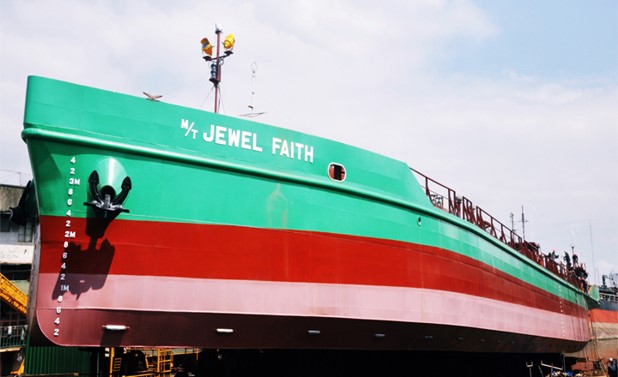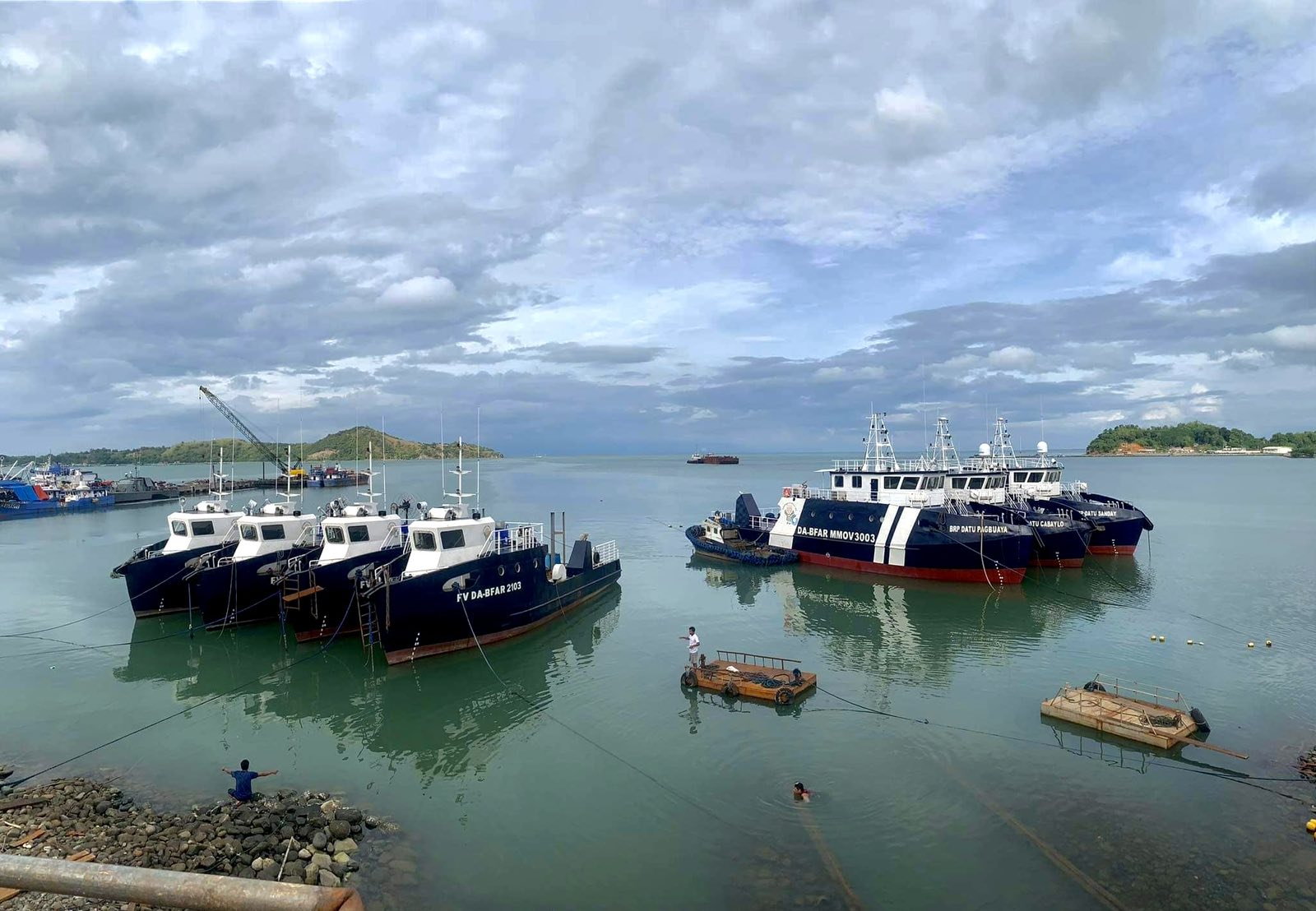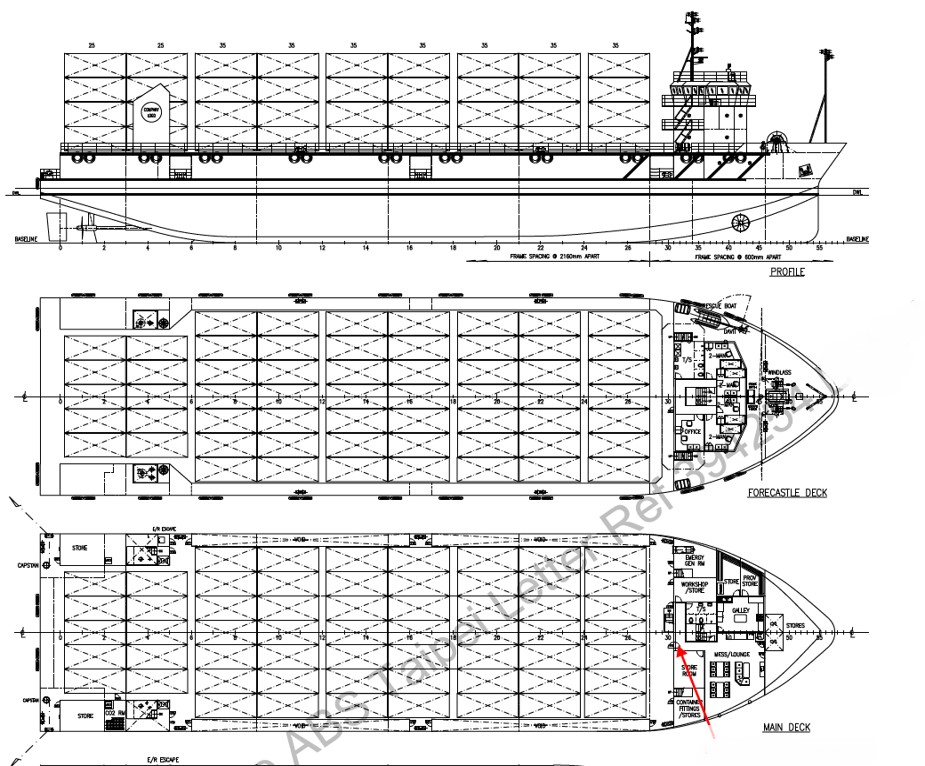

Since 2008, the Philippines notched 4th in the rank of the largest shipbuilding nations of the world following South Korea, China, and Japan the Pearl of the Orient Seas had covered 1.6% of the world’s ship production with more than a hundred (100) ships produced per year and roughly 5900 gross tonnages overall.Ī major contributor to its excellence in shipbuilding is the tactical position of the country in terms of commercial trade routes and God-shaped geography. Shipbuilding in the Philippines tends to grow and is already listed as the 4th largest in the World! Let’s take a close look at what was achieved in the latest years and what are current production capacities! How many shipyards are there in the Philippines?Īs of 2021, there are 118 registered shipyards, 17 of which belong to the medium-large scale category/classification these yards are scattered along with the country’s three (3) main divisions Luzon, Visayas, and Mindanao.


The two newly-launched fishing vessels are half of the four units of ringnet fishing boats designed and built by Filipino ship-building company Josefa Slipways, Inc, which also fabricated two of DA-BFAR’s multi-mission vessels, BRP Lapu-Lapu (MMOV 5001) and BRP Francisco Dagohoy (MMOV 5002).Shipbuilding and ship repair industry growth in the Philippines To ensure project sustainability and higher income, DA-BFAR’s technical experts will conduct cooperative development and management trainings to the fisherfolk-beneficiaries. The project, which is in line with DA-BFAR’s “Big Brother-Small Brother” approach, is promoted to improve cooperation, collaboration, and strengthened partnerships among sectors to help coastal communities grow and prosper.Īside from the two ring net fishing boats launched in Pangasinan, the DA-BFAR targets to award 35 more fishing vessels, including two ring net, six bag net and 27 handline fishing boats in the coming months. “We have seen the inadequacies and inefficiencies of various fishing technologies especially in coastal and municipal waters, and we are here to address that,” Secretary Dar added. By upgrading and capacitating municipal fishers, the government will be able to improve fish production, alleviate poverty in the municipal fisheries subsector, and in the long term, contribute significantly in attaining a food-secure Philippines. While small pelagic fishing grounds are mostly found in coastal and shallow areas such as municipal waters, only 40% of the production of these species are currently attributed to the municipal sector due to the limited fishing capacity of municipal fishing boats. The project on capacitating municipal fisherfolk through acquisition and allocation of bigger and better-equipped fishing boats started in 2020. We need to optimize this resource for the ultimate benefit of our fishers and their communities,” Agriculture Secretary William Dar said in his keynote message. “As an archipelagic country, we cannot overemphasize the critical role of fisheries in our economy: the Philippines is simply rich in marine and inland water resources which translate to income, employment, foreign exchange earnings, nutrition, and food security.
#JOSEFA SLIPWAYS INC FULL#
The Filipino-built ringnet fishing vessels, each costing over Php 23 million, are equipped with full machinery and accessories designed to provide identified municipal fisherfolk organizations in Regions I and VIII with upgraded and appropriate fishing equipment in order to improve their fishing capacity and production efficiency. QUEZON CITY - The Department of Agriculture-Bureau of Fisheries and Aquatic Resources (DA-BFAR) has inaugurated, today, February 28, two government-procured, 62-footer steel-hulled fishing vessels at the Sual Fish Port Complex in Sual, Pangasinan.


 0 kommentar(er)
0 kommentar(er)
